What is an Air Purifier Pre-Filter?
An air purifier pre-filter serves as a preliminary layer in an air purification system, designed to enhance air quality by capturing larger particles within the air. Acting as the first line of defense, the pre-filter is strategically positioned at the entrance of the air filtration unit, where air first flows before proceeding to finer, more specialized filters. This initial filtration stage is crucial for optimizing the overall efficiency of the air purifier.
The primary role of the pre-filter is to trap larger airborne contaminants, which include dust, pet hair, lint, and other particulates that could otherwise overwhelm the secondary filters. By capturing these larger particles, the pre-filter helps prolong the lifespan of more sensitive filters, such as HEPA filters and activated carbon filters, which are designed to tackle smaller pollutants like allergens, mold spores, and volatile organic compounds (VOCs).
Operating on the principle of mechanical filtration, the pre-filter typically utilizes a mesh or fibrous material that facilitates the capture of larger debris without impeding airflow. As air is drawn into the purifier, the pre-filter physically obstructs larger particles, allowing cleaner air to pass through the system. This process not only helps improve indoor air quality but also enhances the overall functionality of the air purifier by reducing the frequency of filter replacements.
In addition to improving filtration efficiency, pre-filters can often be washable or reusable, making them a cost-effective solution for maintaining clean air without the need for frequent replacements. Regular cleaning of the pre-filter is recommended to ensure consistent performance and to avoid any potential buildup that could hinder airflow. Understanding the significance of an air purifier pre-filter is essential for utilizing these devices effectively and achieving optimal air quality in any environment.
The Importance of Pre-Filters in Air Purifiers
Pre-filters play a crucial role in the efficiency and effectiveness of air purifiers. They serve as the first line of defense in the filtration process, designed specifically to capture larger particles such as dust, hair, and pet dander. By trapping these contaminants before they reach more intricate filtration systems, pre-filters help prolong the lifespan of HEPA filters and activated carbon filters. This not only reduces the frequency of filter replacements but also decreases the associated costs and environmental impact linked to disposing of used filters.
The presence of a pre-filter significantly reduces the strain on the main filtration system. When larger particles are eliminated upfront, the HEPA filters can focus on smaller particulates, including allergens, pollen, and mold spores, which are critical for improving indoor air quality. Without pre-filters, these larger particles would clog the HEPA filters more rapidly, diminishing their performance and leading to a less efficient air purification process overall. This makes pre-filters an indispensable element for anyone seeking to maintain optimal air quality in their living or working environment.
Moreover, pre-filters also contribute to the overall air quality by preventing larger, potentially harmful particles from being recirculated back into the space. This is particularly beneficial for individuals with allergies or respiratory issues, as it can lead to a noticeable improvement in comfort levels and health. In addition, the maintenance of pre-filters is often straightforward, requiring periodic cleaning or replacement, which further enhances their practicality and efficacy.
In conclusion, incorporating pre-filters into air purifiers is essential for maximizing their performance and ensuring better indoor air quality. By efficiently capturing larger particles, pre-filters safeguard the longevity of critical filtration systems and foster a healthier living space.
Types of Pre-Filters Available on the Market
Pre-filters play a crucial role in the functioning of air purifiers by trapping larger particles and extending the life of the main filtration system. Various types of pre-filters are available, each designed to cater to specific air quality needs and preferences.
One of the most common types of pre-filters is the foam pre-filter. These filters are typically made of a dense, porous material that effectively captures larger dust particles, pet hair, and other debris. The primary advantage of foam pre-filters is their affordability and ease of replacement. However, they may not be as effective in trapping smaller particles, which necessitates the use of additional filtering mechanisms. Foam pre-filters also require regular cleaning to maintain airflow and efficiency.
Another widely used option is the activated carbon pre-filter. This type employs activated carbon to adsorb odors and volatile organic compounds (VOCs) from the air, making it especially beneficial in homes where cooking and pets may contribute to foul smells. Activated carbon pre-filters are efficient at reducing odors, but they have a limited lifespan and need to be replaced periodically, depending on usage and saturation levels.
Washable pre-filters are another attractive option for many consumers. Made from materials like polyester or nylon, these filters can be rinsed and reused several times before needing replacement. This not only reduces overall waste but can also save costs in the long run. However, thorough cleaning is necessary to prevent a buildup of pollutants, which might lead to decreased efficiency over time.
In summary, when choosing a pre-filter for an air purifier, it is essential to consider individual needs and environment conditions. Options like foam, activated carbon, and washable filters each offer distinct advantages and potential drawbacks, enabling users to select the most suitable type based on their specific air quality challenges.
How to Maintain and Replace Air Purifier Pre-Filters
Regular maintenance of your air purifier’s pre-filters is essential for optimal performance. These components play a critical role in trapping larger particles, thereby extending the life of more sophisticated filters, such as HEPA or activated carbon filters. To ensure pre-filters continue to operate effectively, it is important to establish a proper cleaning routine. Most manufacturers recommend cleaning or replacing pre-filters every 1 to 3 months, depending on usage and environmental factors such as dust and pollen levels. However, households with pets or smokers may require more frequent changes.
When it comes to cleaning your air purifier pre-filters, the approach can vary by type. Some pre-filters are washable, while others are designed to be disposable. For washable pre-filters, remove the filter following the manufacturer’s instructions, and rinse it under warm water. Use a soft brush to dislodge any stubborn particles. It is crucial to allow the filter to dry completely before reinstalling it to prevent mold and mildew growth. For disposable filters, replacement is straightforward; simply discard the old filter and install a new one, ensuring it fits securely.
Additionally, there are specific signs indicating that a pre-filter requires replacement. An increase in dust accumulation in the home, reduced air quality, or a decline in the air purifier’s efficiency are common indicators. Many modern air purifiers also feature a filter life indicator or a reminder system that alerts users when it is time to clean or replace the pre-filter. In conclusion, regular maintenance and timely replacement of air purifier pre-filters are vital practices that enhance the longevity and effectiveness of the entire unit, contributing to a healthier indoor environment.
Conclusion: Investing in the Right Pre-Filter for Your Space
In recent discussions, we have explored the critical role of pre-filters in air purifiers. These components serve as the first line of defense, capturing larger particles such as dust, hair, and pet dander before they reach the main filter. The importance of pre-filters cannot be overstated, as they not only enhance the efficiency of the air purifier but also prolong the lifespan of the primary filter by reducing its workload. By choosing the right pre-filter, one can significantly enhance the air quality in their environment.
Considering specific environmental needs is essential when selecting an air purifier and its pre-filter. Each space may contain unique sources of pollutants, from allergens in homes with pets to particulate matter in urban settings. Therefore, understanding the different types of pre-filters available, such as HEPA filters, activated carbon, and electrostatic filters, can aid in making an informed decision. These diverse options allow one to address specific air quality concerns effectively.
Furthermore, maintenance and replacement frequency should be considered as well. Regularly replacing pre-filters is necessary to ensure optimal performance of the air purification system. Ignoring this aspect can lead to decreased air quality and reduced filtration efficiency, ultimately undermining the purpose of the investment. By prioritizing the selection and management of pre-filters, individuals can create a healthier living or working environment.
In conclusion, investing in the right pre-filter tailored to your specific needs can play a crucial role in improving indoor air quality. This proactive approach not only impacts well-being but also contributes to a more comfortable atmosphere for everyone in the space. By taking the time to evaluate and choose appropriate pre-filters, one can make significant strides towards better air purity and overall health.
| Air Purifier Brand Name | Blueair, Coway, Dyson, Honeywell, Kent, Levoit, Mi (Xiaomi), Philips, Samsung, Sharp |
|---|---|
| Technician Type | With Technician, Without Technician |
Only logged in customers who have purchased this product may leave a review.
Related products
-
Air Purifier Parts
Air Purifier UV Light
₹6,500.00 – ₹7,100.00 Select options This product has multiple variants. The options may be chosen on the product pageRated 0 out of 5 -
Air Purifier Parts
Air Purifier Ozone Generator
₹6,500.00 – ₹7,100.00 Select options This product has multiple variants. The options may be chosen on the product pageRated 0 out of 5 -
Air Purifier Parts
Air Purifier Activated Carbon Filter
₹2,600.00 – ₹3,200.00 Select options This product has multiple variants. The options may be chosen on the product pageRated 0 out of 5 -
Air Purifier Parts
Air Purifier Fan Motor
₹3,900.00 – ₹4,500.00 Select options This product has multiple variants. The options may be chosen on the product pageRated 0 out of 5

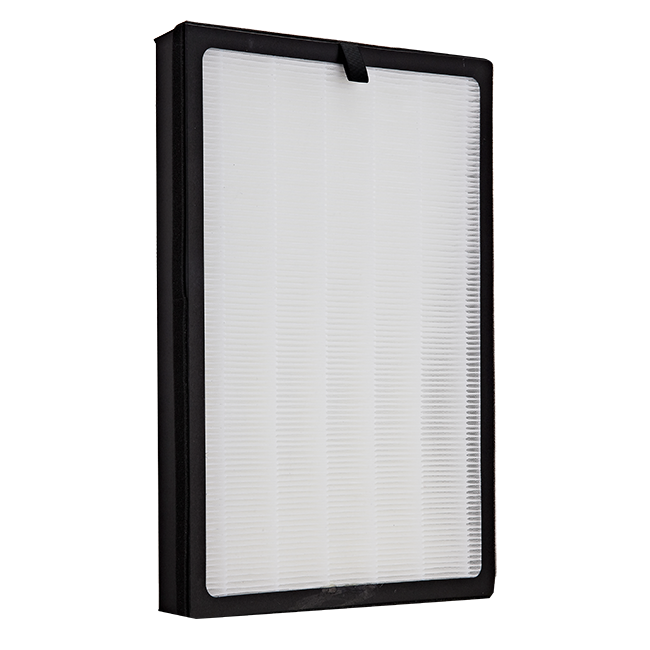
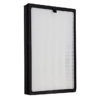
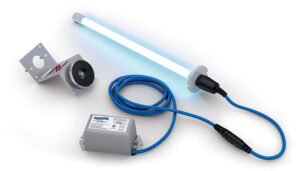
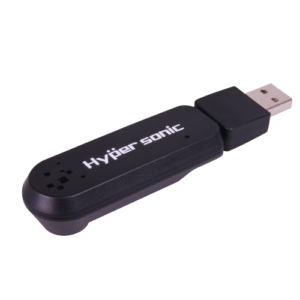
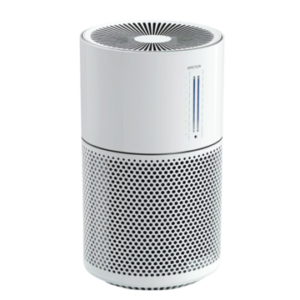
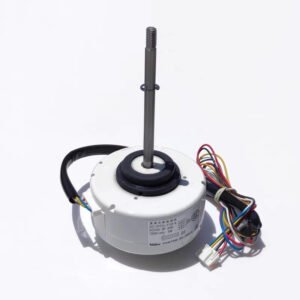
Reviews
There are no reviews yet.